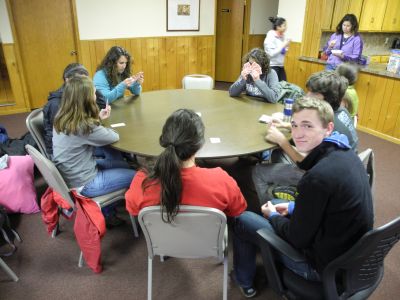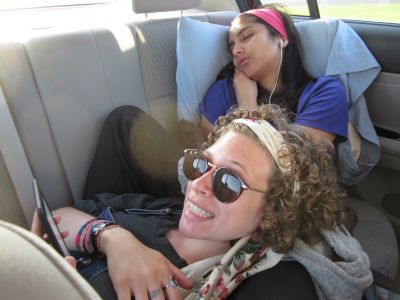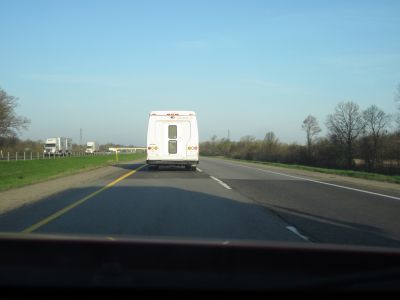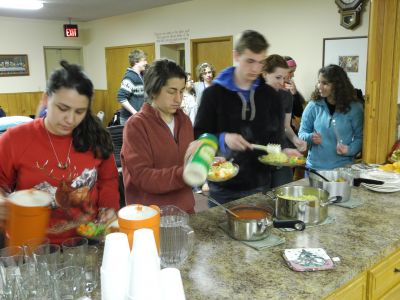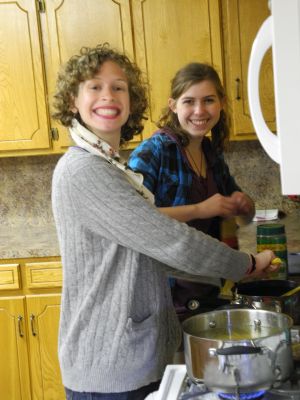Welcome to Southwest History!
During this course, we’ll visit Arizona, Colorado and New Mexico to learn about the history of Native Americans in the Southwest over the past thousand years. We’ll also investigate a critical issue in public history: how a community is represented and who gets to decide what is represented.
We will visit museums and heritage sites, work with Hopi and Navajo people and learn archeology. The course also provides significant cross-cultural experience with service-learning projects and personal relationships as we try to understand the difficult challenges confonting Native Americans today. Our time will be spent on the Hopi Reservation, the Navajo Reservation and at Crow Canyon Archaeological Center.
We’ve travelled 27 hours by bus and car, split into three days of driving. At our first stop in North Newton, Kansas, we visited the Bethel College Archives, learning about H. R. Voth and his work with the Hopi. As a “foreign missionary” of the General Conference Mennonite Church, Voth took more than 2,000 photos of the Hopi people, including some of their private, sacred rituals and places. He published some of them, creating a controversy about his right to publish them.
Then we headed across the street to the Kauffman museum to see displays about the Cheyenne tribe. In these two places, we discussed how the Native American Grave Protection and Repatriation Act (NAGPRA) has started conversations between the Archives, the museum and the Native Americans. NAGPRA allows Native Americans to reclaim their ancestral human remains and sacred objects from museums.
After a four hour drive to Oklahoma, we met with Lawrence and Betty Hart at the Cheyenne Cultural Center in Clinton, Oklahoma. They talked to us about Lawrence’s role as both a Cheyenne Peace Chief and Mennonite pastor. They shared about the parallels between the Mennonite and Cheyenne peace practices. They also shared stories of their work with NAGPRA and we viewed a DVD of the ritual Cheyenne ceremony to bury repatriated ancestral remains from the Smithsonian museum.





